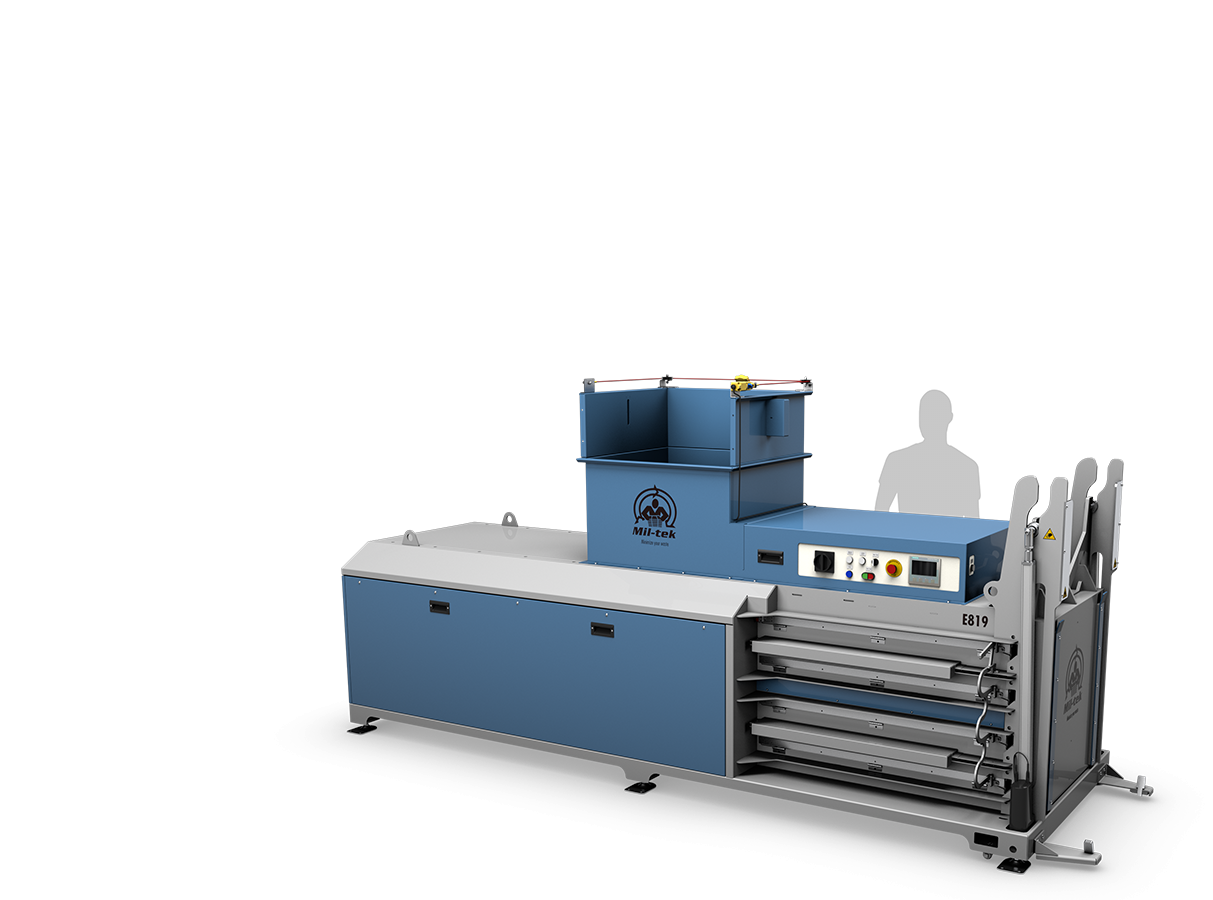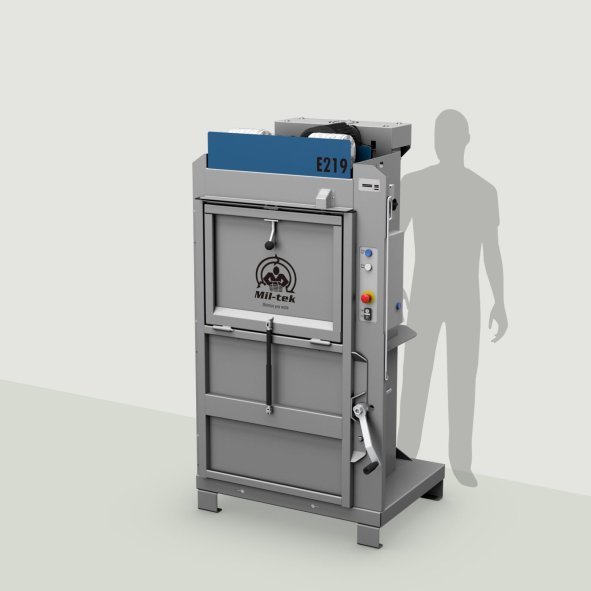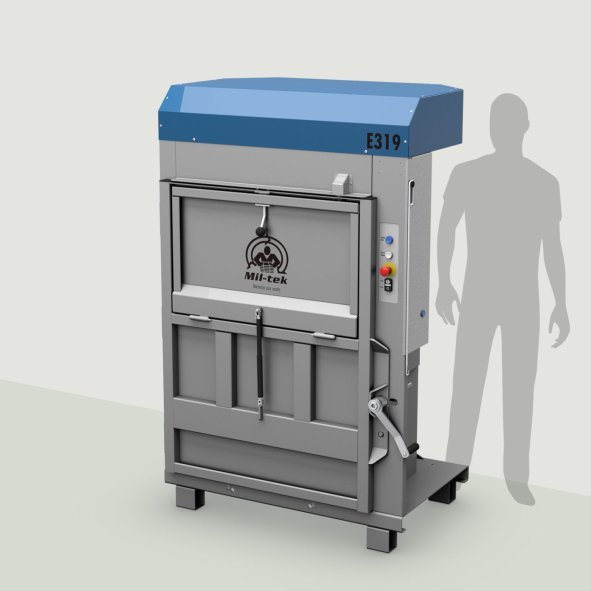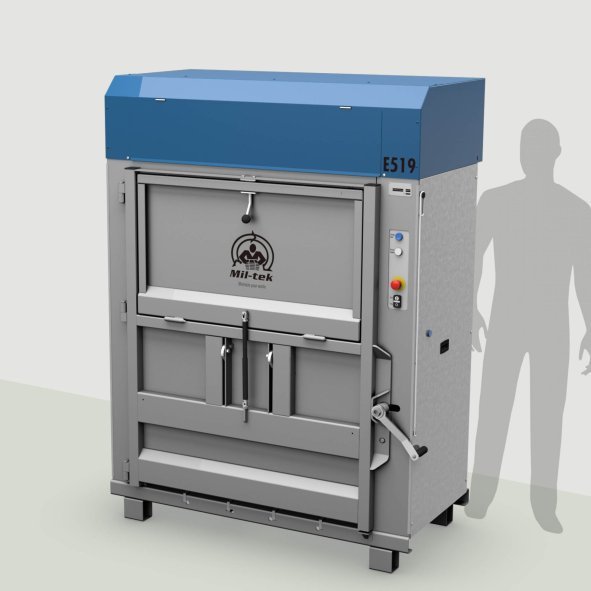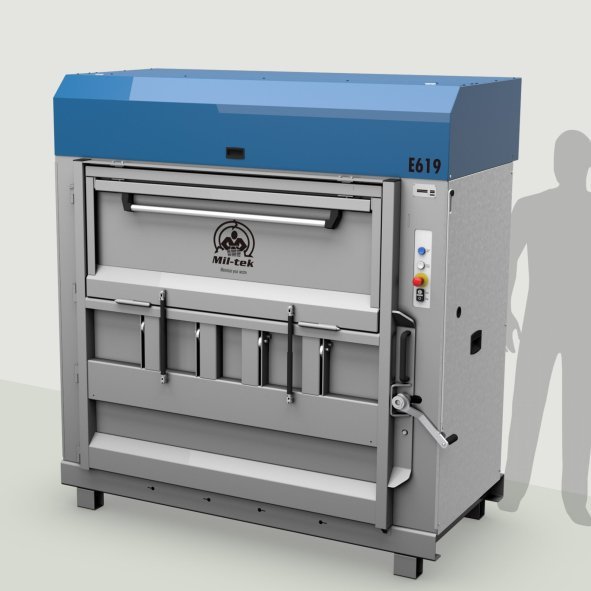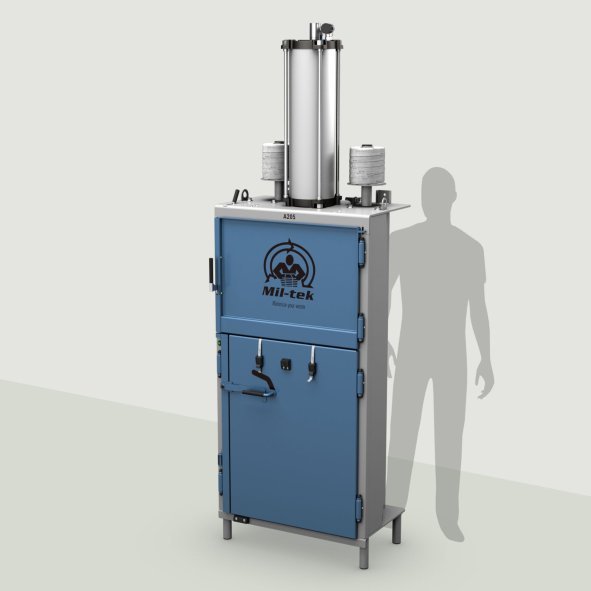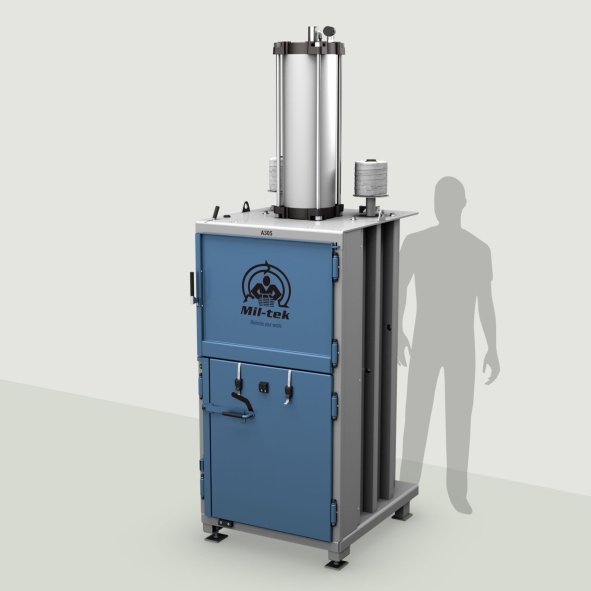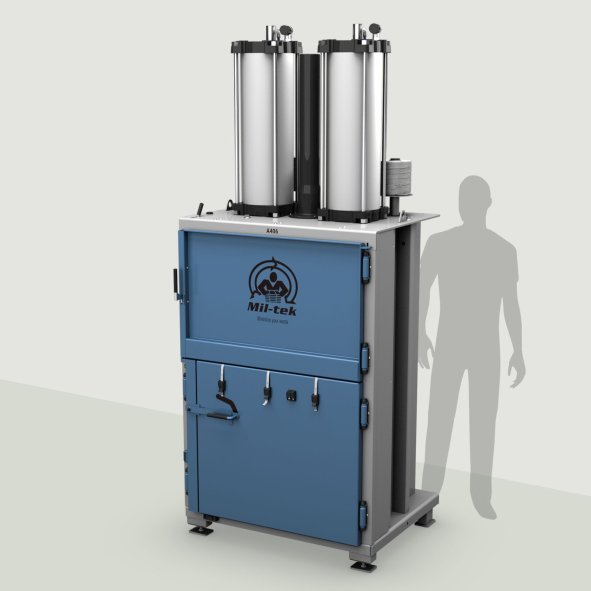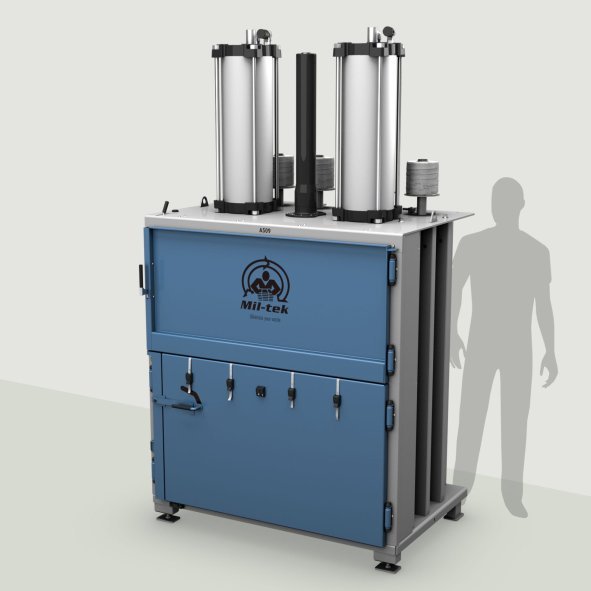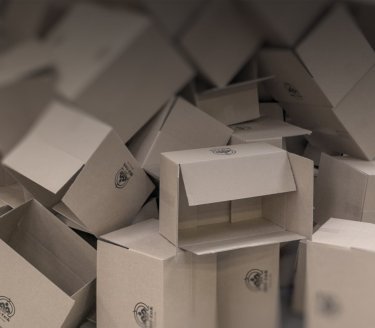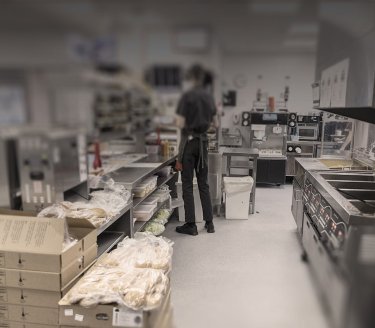Horizontal Baler FAQ
What are the benefits of using a horizontal baler?
A horizontal baler is ideal for businesses managing large waste volumes, offering high automation and continuous operation with minimal manual intervention, making waste handling more efficient.
What sets a horizontal baler apart from a vertical baler?
A horizontal baler compresses waste in a horizontal direction and is often fully automated, whereas a vertical baler compacts waste vertically and is typically operated manually or semi-automatically.
What size are the bales produced by a horizontal baler?
Bale sizes vary by model, with weights ranging from 200 kg to over 1 ton, depending on the material type and compression force.
How are bales tied in a horizontal baler?
Bales are tied using either metal wire or plastic strapping, depending on the baler’s design and automation level.
Which materials can be compressed with a horizontal baler?
Commonly compressed materials include paper, plastic, rigid plastics, PET bottles, textiles, and more.
How does automatic operation work in a horizontal baler?
Automatic operation enables the baler to start compacting as soon as waste is loaded, followed by compression and bale ejection – all without the need for constant manual supervision.
